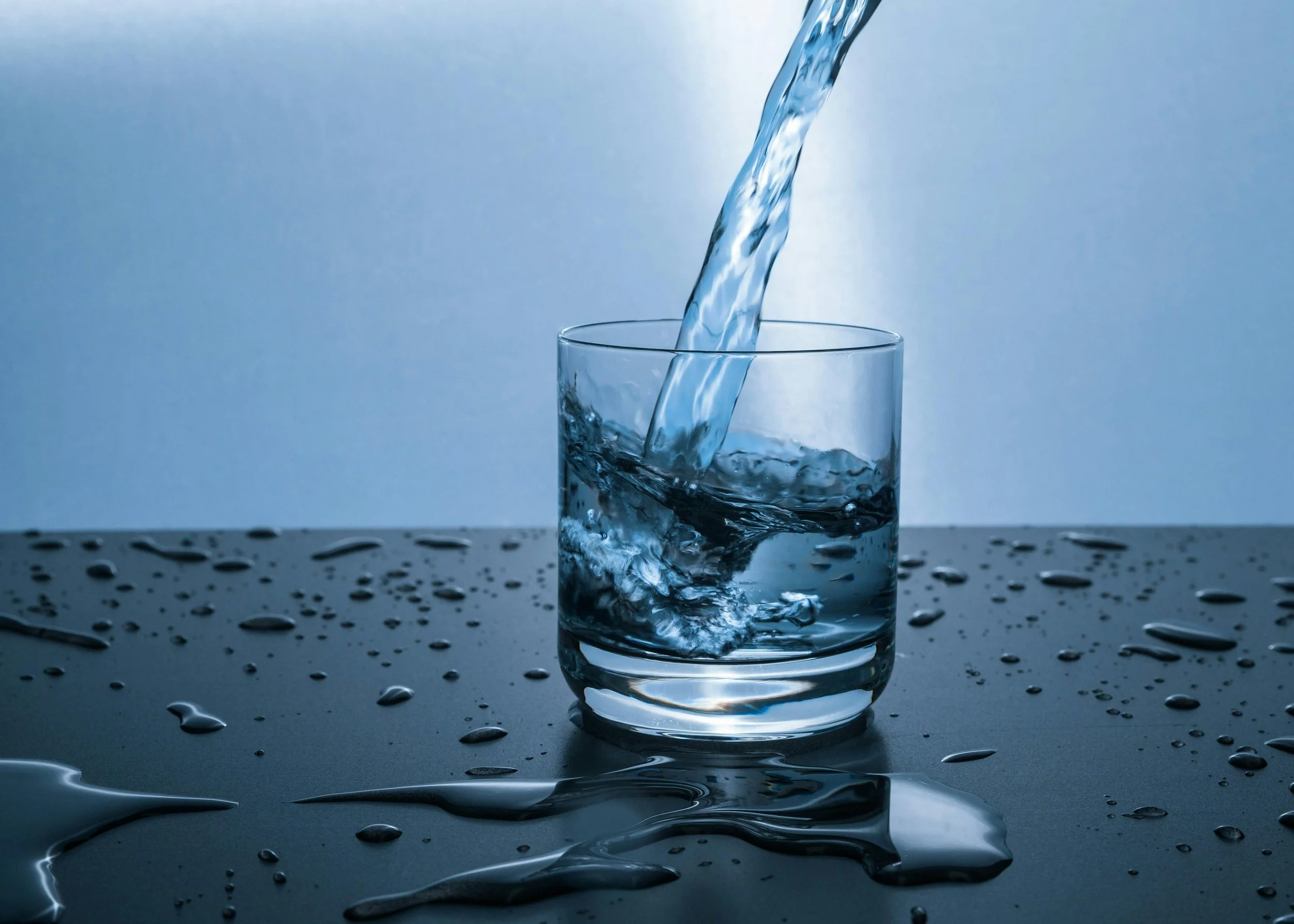Is Your Water Working for You or Against You? A Mom’s Guide to Water Quality and Health
Most of us know we should drink more water. But have you ever stopped to ask: what’s actually in the water I drink every day?
Clean water isn’t just about taste—it’s about protecting your body from long-term exposure to toxins. As a mom, a nurse, and someone who’s walked the hard road of cancer alongside my husband, I’ve learned that hydration has to go beyond quantity. The quality of your water may be one of the most overlooked parts of your health routine.
In this post, I’ll break down what might be hiding in your tap water, why we chose to install a reverse osmosis system, and the best water filter alternatives for families who want non-toxic hydration without the overwhelm.
Why Water Quality Matters for Long-Term Health
Your body is made up of more than 50% water. That water touches every organ, cell, and system—especially your urinary system (think kidneys and bladder), which is responsible for filtering and flushing out waste.
But if your water is full of contaminants, your body doesn’t get a break—it gets more burdened.
Across the U.S., tap water may legally contain over 160 different contaminants, including:
PFAS (“forever chemicals”)
Chlorine and disinfection byproducts
Fluoride
Lead and heavy metals
Pesticides and herbicides
Pharmaceuticals
Microplastics
Chromium-6 (the cancer-linked chemical from Erin Brockovich)
Many of these are linked to bladder, kidney, liver, bone, breast, and prostate cancers, as well as hormonal disruption, inflammation, and immune suppression.
Our Personal Choice: Why We Installed a Reverse Osmosis System
After my husband’s cancer diagnosis, we started evaluating everything in our environment. Water, something we once thought was “safe,” quickly moved to the top of the list. I began researching the risks of tap water and the limits of common filters, and honestly—it was eye-opening.
We decided to install a reverse osmosis system through Aquarius Kinetico. Yes, it’s an investment—but for us, it was worth every penny. Knowing that the water we cook with, drink, and bathe our daughter in is free of toxins gives me peace of mind I can’t put a price on.
A reverse osmosis water filtration system removes:
PFAS
Fluoride
Lead
Arsenic
Pesticides
Pharmaceuticals
Microplastics
Nitrates
Chlorine and chloramines
It also helps us cut down on waste by eliminating our use of plastic water bottles, which is a win for our health and the planet.
Not Ready for RO? Affordable Water Filter Options for Families
Not every family can invest in a whole-house filtration system—and that’s okay. Clean hydration doesn’t have to break the bank. If you’re looking for a budget-friendly water filter that actually works, here’s what I recommend:
💧 Clearly Filtered Water Pitcher
If you’re using a Brita or fridge filter, this is a major upgrade. The Clearly Filtered Water Pitcher removes 365+ contaminants and is independently tested to exceed NSF standards.
It filters out:
PFAS (forever chemicals)
Fluoride
Lead, arsenic & other heavy metals
Chlorine, chloramine, & disinfection byproducts
Pesticides, herbicides, & microplastics
Pharmaceutical residues & hormones
Bacteria, cysts, and viruses
Available on Amazon for about $100 (often with a discount), this pitcher is a great starting point for anyone serious about improving their water quality. It’s easy to use, low-maintenance, and ideal for renters or families who aren’t ready for a whole-house system.
🧪 Tap Score Water Test Kit
Before you choose a filter, find out what’s in your water. Tap Score by SimpleLab gives you a full breakdown of your tap water’s contaminants so you can filter intentionally—not blindly.
🥤 Ditch the Plastics
One of the easiest and cheapest health upgrades you can make: stop drinking from plastic water bottles.
Instead, use a stainless steel or glass water bottle you actually like using. This cuts down on exposure to microplastics and reduces hormone-disrupting chemicals like BPA.
This is my favorite straw free stainless steel water bottle!
Clean Hydration Starts with the Basics
If you’re just getting started, don’t let this feel overwhelming. Focus on three things:
Drink enough water for your body and lifestyle.
Choose the best quality water you can realistically access.
Avoid plastics wherever you can.
Remember: the goal isn’t perfection—it’s progress.
Whether that means installing a reverse osmosis system, ordering a new filter pitcher, or simply tossing your plastic bottles for good—every choice matters. Your kidneys, your hormones, your skin, your brain… all rely on water.
And when your body is mostly water, you better believe that water should be working for you—not against you.
Want to Learn More?
If you found this helpful, subscribe to my newsletter where I share weekly health habits, product swaps, and practical wellness tips for moms trying to live cleaner without the overwhelm.

